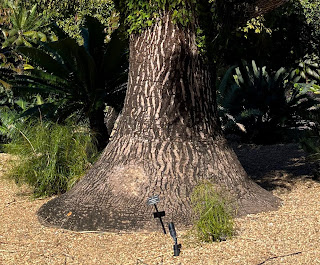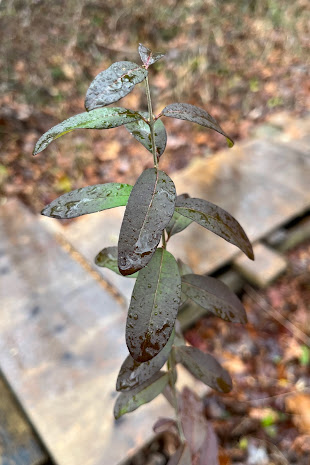There's a nice writeup on Princeton's Open Space Manager, Cindy Taylor, in TapInto Princeton. She'll be leading a presentation on Wednesday, Feb. 22, about the new edition of the Environmental Resource Inventory (ERI) that she's been working to prepare for Princeton. Among the many others contributing to the update are councilwoman Eve Niedergang and members of the Princeton Environmental Commission (PEC). The PEC will host the presentation, which should get going soon after 7pm. The public is encouraged to tune in and participate.
If you are wondering what an Environmental Resource Inventory is, you can take a look at the current ERI, which I played a considerable role in creating. Starting in 2007, as a member of the PEC, I worked closely with a consultant, Chris Linn, on that previous update of the ERI, the first update since 1978.To document some environmental history, I'll mention the following. The PEC, chaired by Wendy Kaczerski at the time, paid for the 2010 ERI using borough and township funds and a matching grant from The Association of NJ Environmental Commissions (ANJEC). The study was carried out by the Delaware Valley Regional Planning Commission (DVRPC), with input from the PEC and borough/township staff.
Chris Linn of the DVRPC did most of the work to compile and write up the ERI. That document has served the town since it was published in January, 2010. Some of the acknowledgements are below. Looking at the names now--among them Rosemary Blair, Grace Sinden, Casey Lambert, Vicki Bergman, Greg O'Neil, Charles Rojer, Wanda Gunning, Gail Ullman, Ted Thomas--brings back good memories and is a reminder of how deep are the roots of environmental advocacy in Princeton.

















































